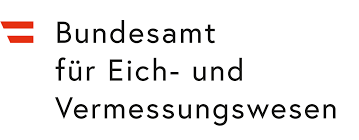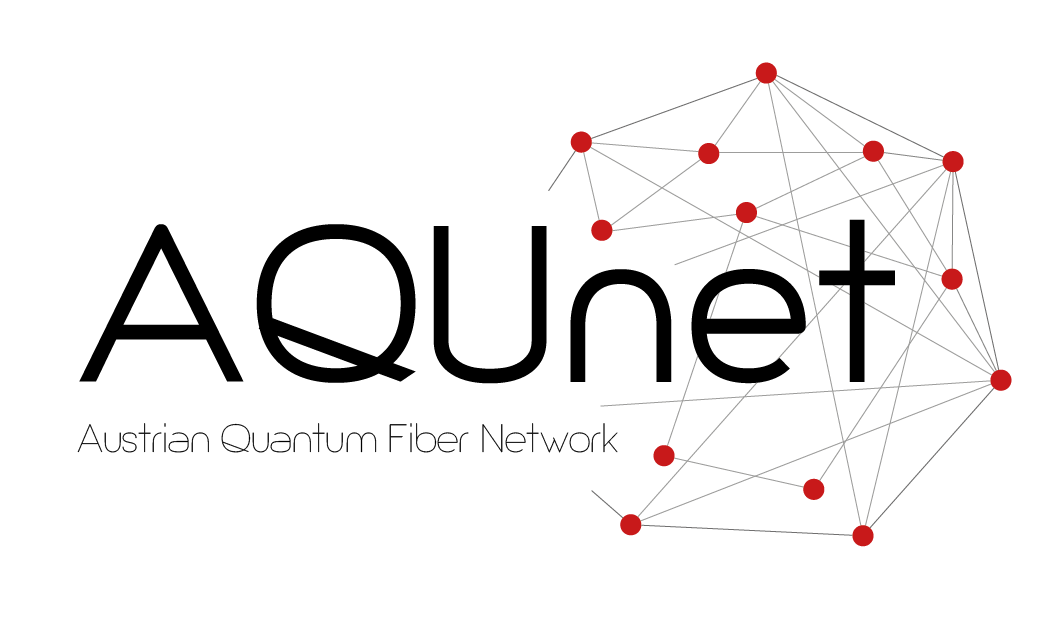„Austrian Quantum Fiber Network – AQUnet” is an FFG R&D infrastructure funding project (3rd. call 2020). It started May 1st 2021 and will run for 5 years; funding volume is 2.4 Mio €.
The project is coordinated by Bernd Logar as head of the ACONET association.
Further project partners are:
Petra Milota (BEV), Thorsten Schumm (TU Wien), Tracy Northup (Uni Innsbruck), Philipp Walther (Uni Wien)
AQUnet will establish an Austria-wide glass fiber network for the distribution of quantum information and quantum metrology signals. The existing data backbone infrastructure, operated by ACOnet (Austrian Academic Computer Network), will be upgraded and extended to enable safe and stable transport of quantum signals. Within AQUnet, we will connect a series of locations of the consortium in Vienna and Innsbruck, as well as external users. We will furthermore connect to partnering European initiatives like e.g. REFIMEVE+ (France), PTB-LMU (Germany), ISI-Brno (Czech Republic).
AQUnet will enable ACOnet (with support by project partners and the scientific community) to extend the existing data infrastructure to quantum signals: where possible, “classical” glass fiber channels will be upgraded used for simultaneous quantum transport, existing dark fibers will be made accessible, new channels established. The notoriously fragile quantum signals will require specific amplification stages (especially along Innsbruck-Vienna). A central node for the star-shaped distribution of an ultrastable optical reference signal (linked to the Austrian primary atomic clock at the federal office for calibration and surveying BEV) will be established.
Quantum science is one of the strongest research areas in Austria, remarkable research infrastructure is already in place at the partners and users sites. AQUnet aims at connecting these systems and devices to spark new possibilities and investigations such as:
1. Quantum-communication: demonstrate tap-proof data transfer over long distance (Innsbruck-Vienna) and in a dense urban environment (multiple sites in Vienna), develop industry-standard quantum coder and repeaters, learn how to piggyback quantum information on an existing classical data backbone.
2. Quantum Metrology: As any precision measurement is a frequency measurement, we will distribute a high-accuracy optical reference signal at 1542 nm (compatible with other European initiatives), back-referenced to the primary Caesium atomic clock at BEV, emitted to all end users from a central hub.
3. Clock-based Geodesy: Comparing optical atomic clocks or ultrastable optical oscillators at different locations (connected through AQUnet) allows to monitor relative height and distance variations with unprecedented absolute precision, opening up a plethora of investigations on the earth’s interior dynamics to earthquake warning systems.






